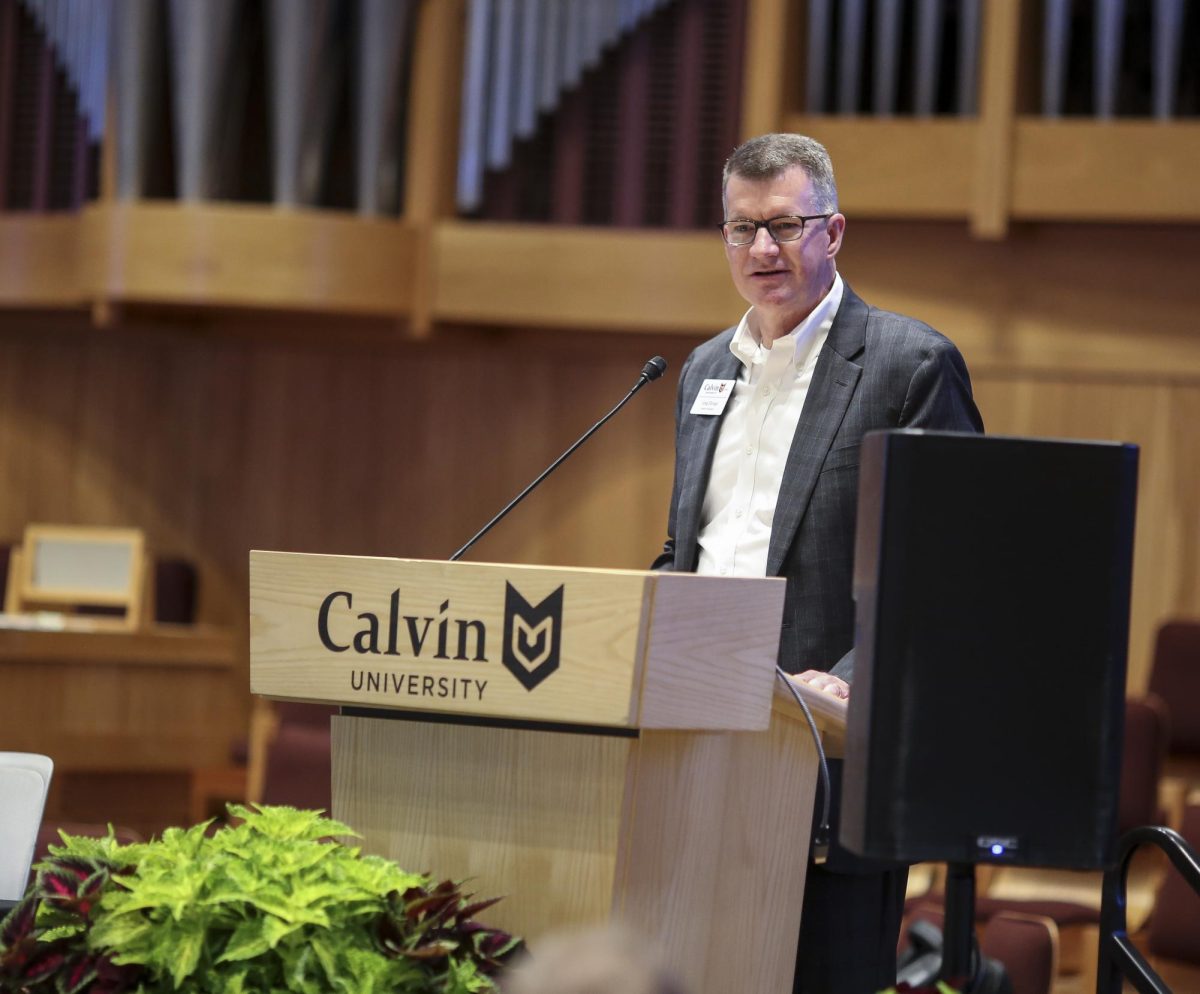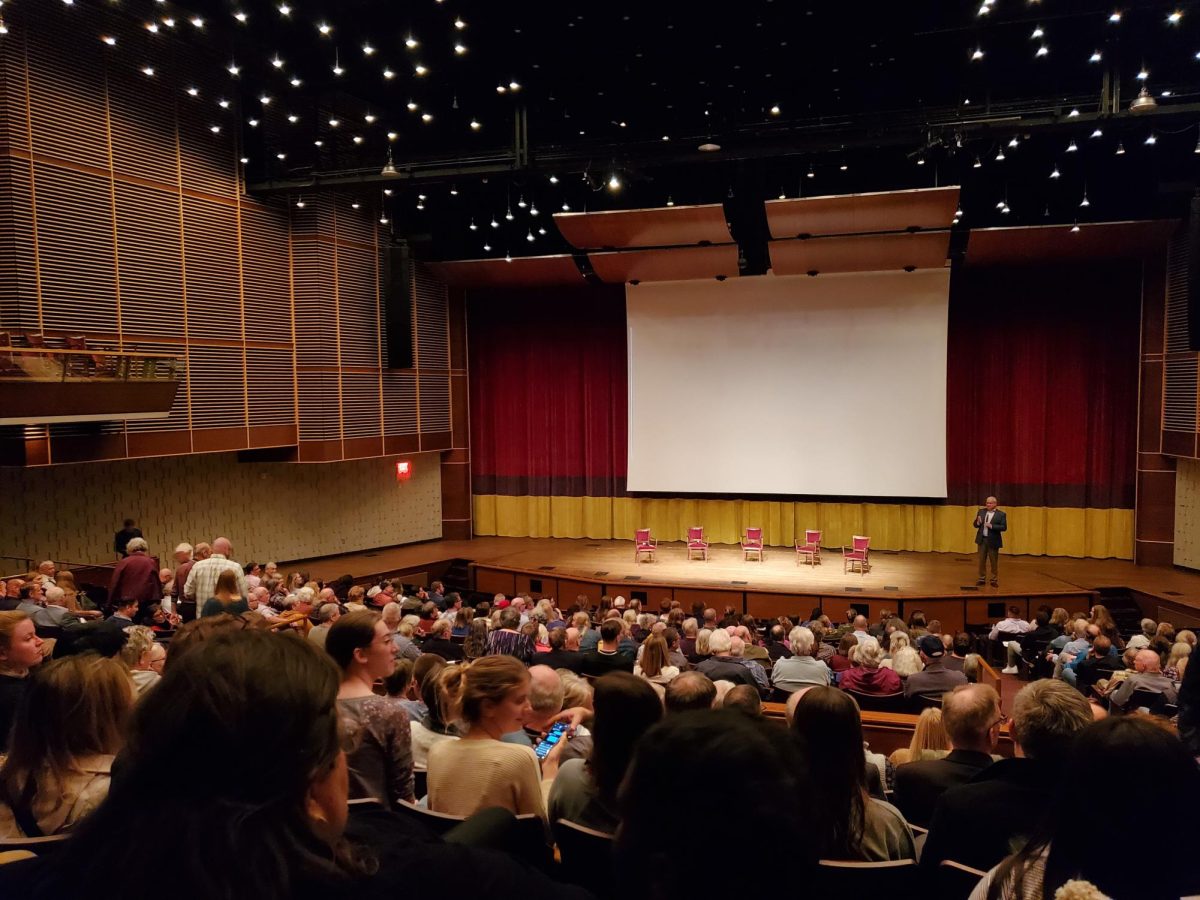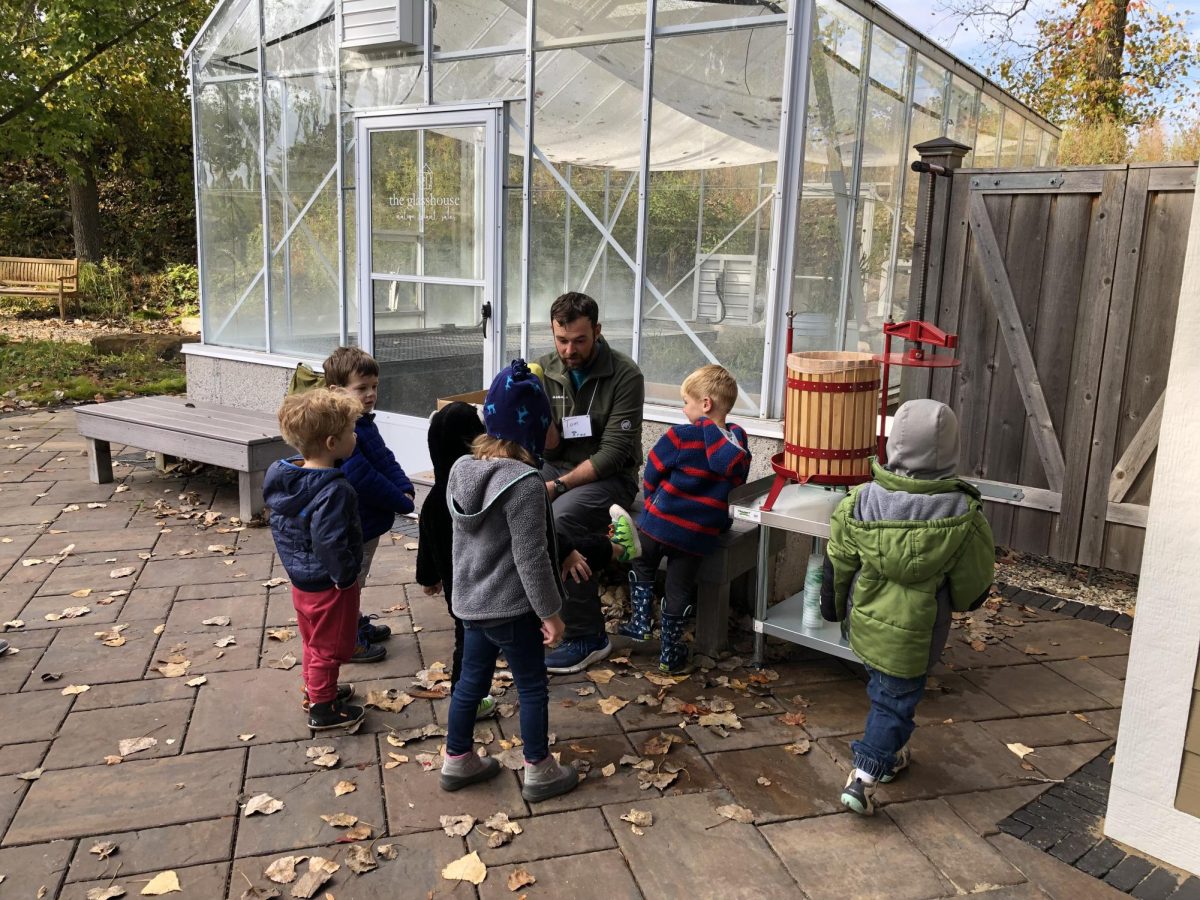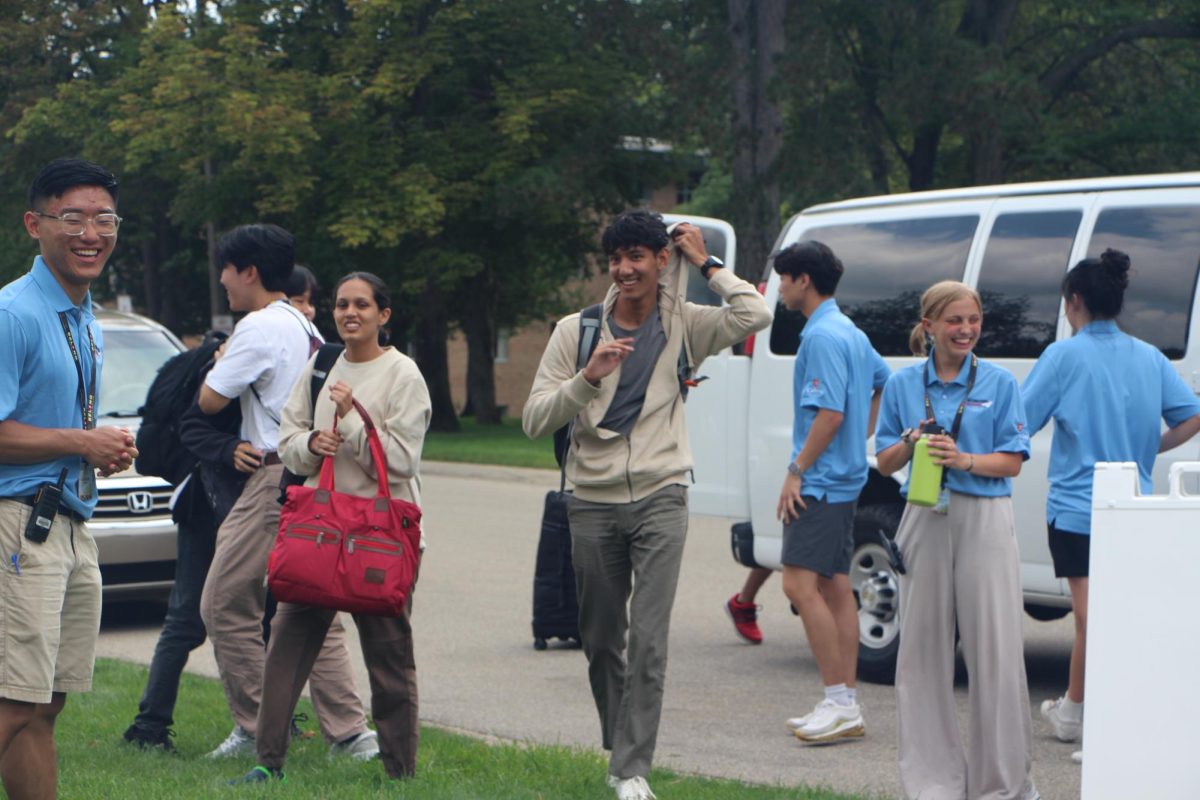In 1951, a young African American tobacco farmer was admitted into the “colored” ward of Jon Hopkins. To her dismay, she had discovered that the strange lump in her abdomen that she had worried about for months was, in fact, a large tumor. That year, Henrietta Lacks died of cervical cancer that had metastasized throughout her body.
The entire Lacks family — Henrietta included — was kept from the buzz surrounding the significance of the tumor that had killed the young woman; unbeknownst to the family, Lacks’ doctor collected and saved a portion of the growth in order to do research on living human cells.
In an era where civil and racial inequality denied any minority of quality medical treatment or privacy, the cultivation of one’s own body for biological research without consent was as likely for Henrietta as with any black patient. However, the very thing that killed Henrietta was what separated her from the other thousands of patients who had been researched unknowingly.
Unlike other researched human cells, HeLa (“Henrietta Lacks”) cells refused to die.
This never-before seen phenomenon threw researchers into a whirlwind of excitement. The implications these industrious cells would have on modern medicine were far-reaching, and scientists clamored to contribute to this study. Research on HeLa cells eventually yielded breakthroughs such as the cure for polio, medicines for illnesses such as HPV and syphilis, and a laundry list of other medical miracles. Soon, the living, thriving cells of Henrietta Lacks had become the “first immortal human cell line.” A part of Henrietta had become the first ever commercialized human cell, a commodity that had been produced into roughly 15 million metric tons of living tissue.
All the while, Henrietta’s family had no knowledge of this revolution whatsoever. In fact, it could be argued that America would never have known the woman behind HeLa cells, were it not for Rebecca Skloot.
Skloot held the entirety of us, her January Series audience, in hushed captivity as she modestly described the remainder of her first ever book, a work that took over 10 years to complete and a matter of days to become a wildly popular New York Times Best Seller. I won’t do the book the injustice of a summarization; it deserves nothing less than a first-hand experience. However, I will guarantee that it is absolutely fascinating and gorgeously written. Skloot has found human life in what would otherwise be an asterisk on the file marked “HeLa.” An obscurity of scientific trivia has been transformed into a transfixing story that explores the fascinating evolution of biological research in an era where racial injustices bled into the medical world; a world in which a family yearns desperately to protect the legacy of a loved one; a story that is both achingly tender and, at times, heart wrenchingly existential.
As Skloot described the tale of Henrietta, I became fascinated not only with the story, but with the concept of science writing. Never before had I seen such a cool integration of data, research, and creativity; I realized, for the first time, that liberal arts has a certain sex-appeal.
This thought crystalized as Skloot described her metamorphosis from a young, would-be veterinarian and science buff into a creative writer. The transformation came via the urges of one of her creative-writing professors, who refused to let her talents remain unexplored.
The argument the professor used to convince young Skloot is succinct, but applicable to any liberal arts student facing the uncertainty of the future and the frightening possibility of altered interests: “Letting go of a goal doesn’t mean you’ve failed; it means you’ve changed.”
Rebecca Skloot was nothing short of a rock star: she was funny, intelligent, well-spoken and passionate. Yet during her presentation, she refused to let the audience focus too much on herself. Instead, she seemed ecstatic to encourage us to explore our own passions, and follow them curiously down a path of uncertainty. She conveyed a sense of confidence that, should we do this, it would only be a matter of time before the next medical miracle was unraveled.
Like the rest of the audience, I walked out of Skloot’s presentation with a new sense of wonder of the natural world. Every little thing is just so fascinating, and merits a second look. Take a second to explore; the world is bleeding with the story of humanity.








